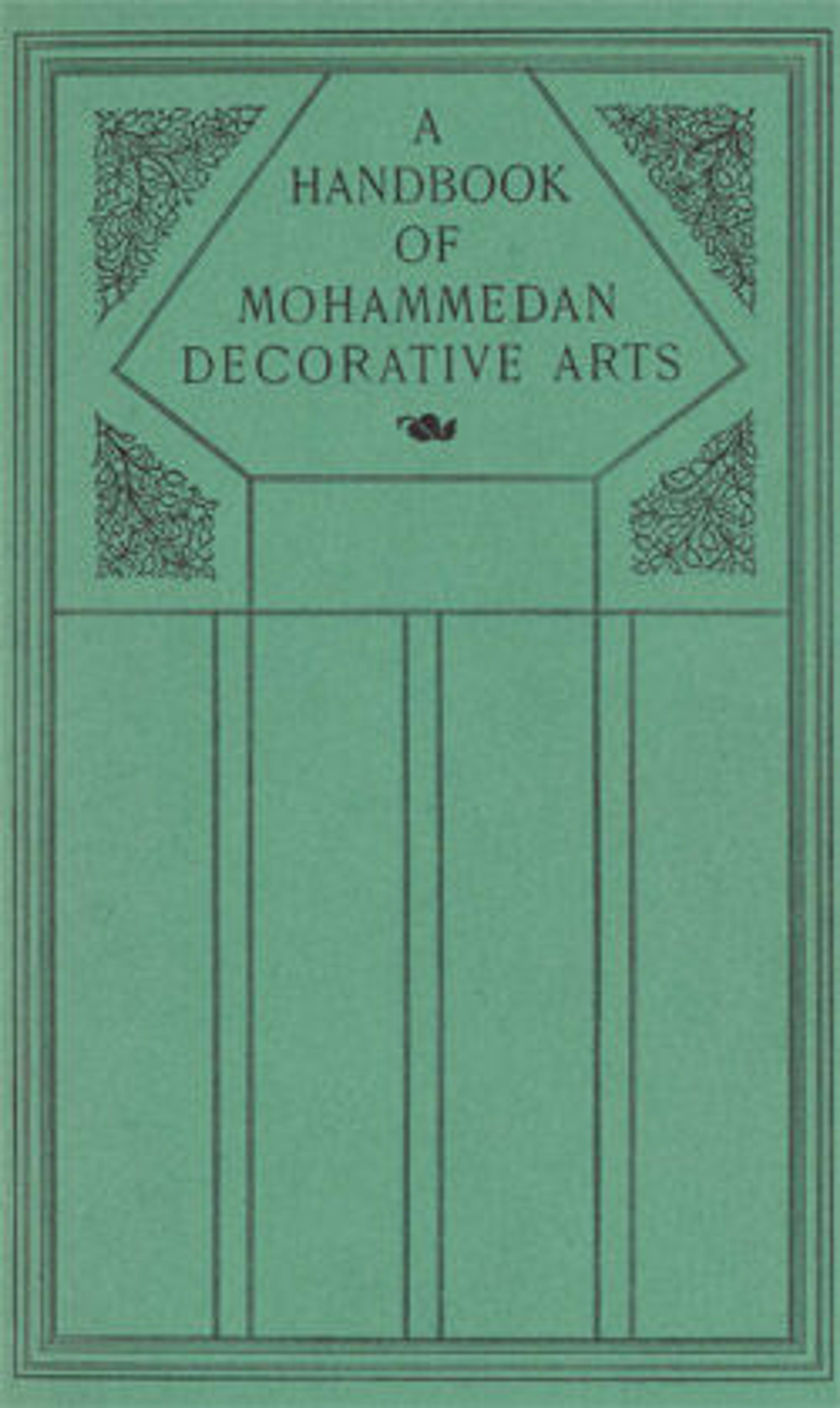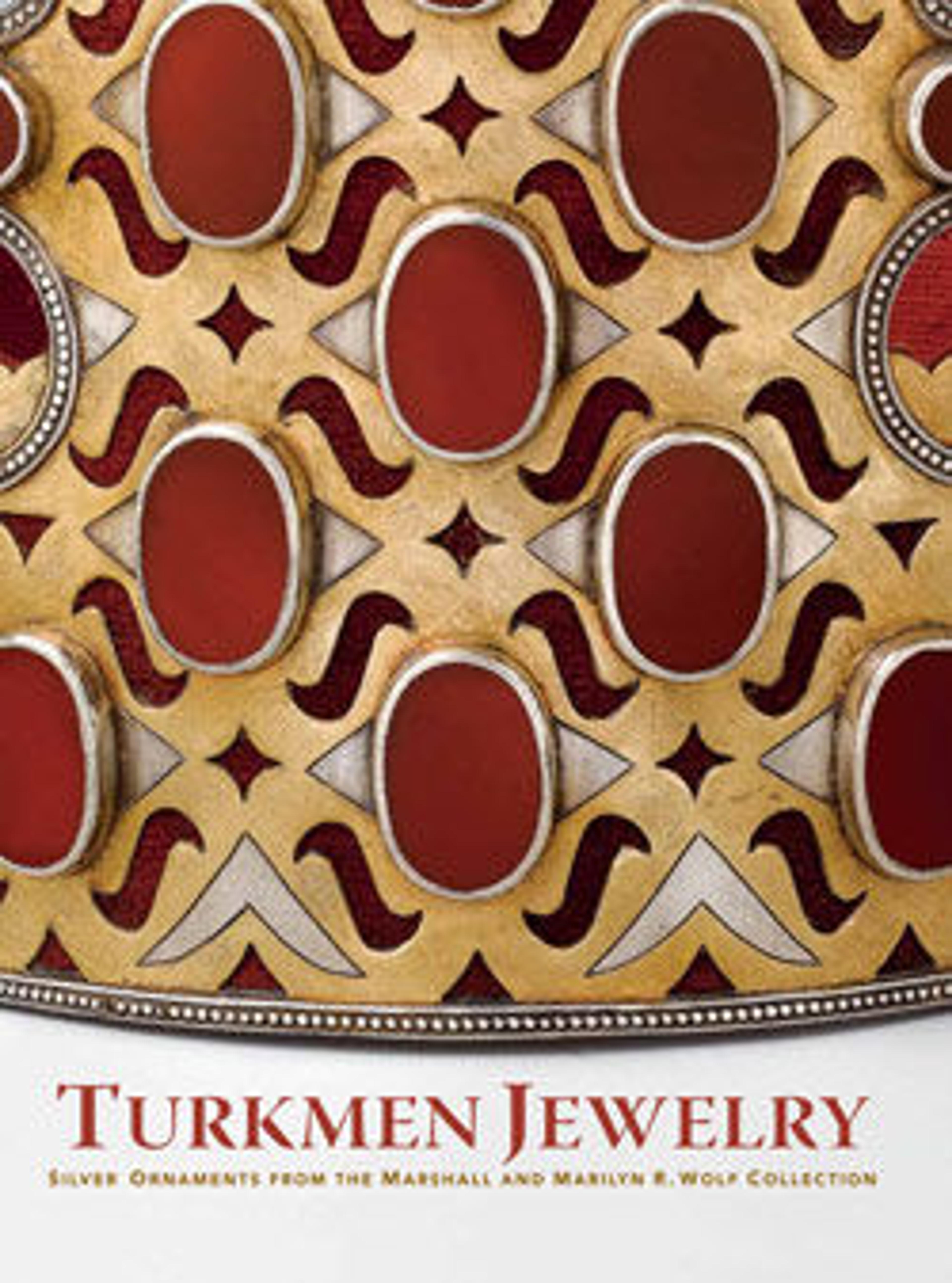The engaging and accessible volume offers invaluable insights and novel perspectives on what is perhaps the most iconic of all Islamic art forms: the handwoven carpet. With a history stretching back to the fourteenth century and a geographic reach spanning Europe to Eurasia, Mongolia to the Middle East, Islamic carpets boast a degree of innovation and technical skill to rival the world's most exalted works of art. Beauty and brilliance emerge in equal measure from carpets of all forms be they colossal silk rugs exchanged as gifts by sultans and kings or small and sturdy textiles woven for use in nomadic encampments.
Some sixty superlative examples from the Metropolitan Museum's collection—from Persia, India, Turkey, North Africa, and across the Islamic world—are presented here in lavish detail, with concise and approachable texts that position each work in historical and cultural context. Beginning with a discussion of materials and techniques, How to Read Islamic Carpets offers a comprehensive introduction to this captivating art form, and reveals the lasting influence of carpet-weaving traditions in lands far beyond the Islamic world.
Met Art in Publication
You May Also Like
Press the down key to skip to the last item.





